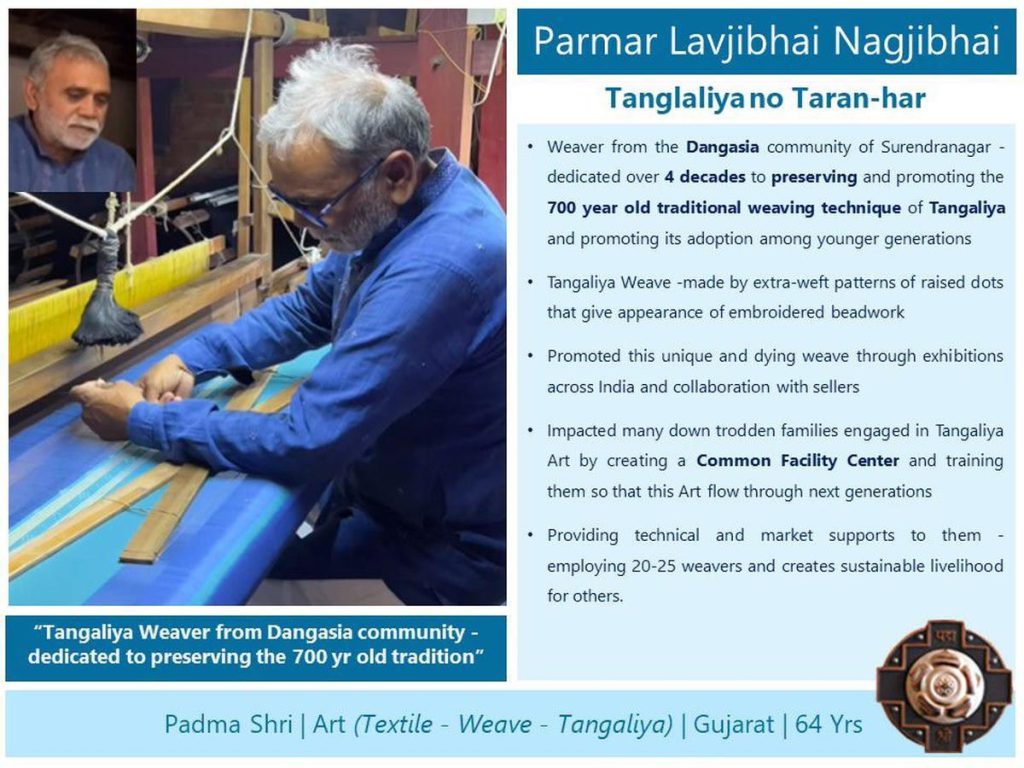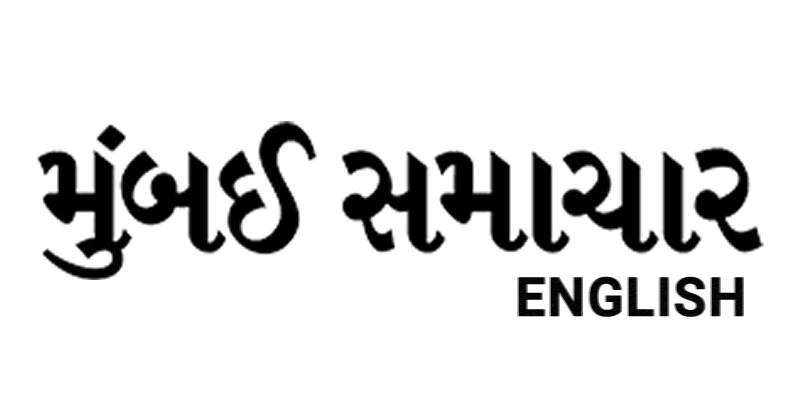Gujarat’s Tangaliya Craft Goes Global: Brad Pitt’s Shirt in ‘F1’ Film Spotlights Ancient Indian Weaving Art

[By Our Correspondent]
On June 27, Brad Pitt’s latest film, F1, hit theaters, featuring the actor in a striking cotton shirt from the Indian fashion brand 11.11/eleven eleven. The shirt, showcasing Gujarat’s traditional Tangaliya weaving technique, was handpicked by renowned costume designer Julian Day. Its unique design has captivated audiences worldwide, sparking widespread discussion about the craft, both in India and beyond.
Eco-Friendly Craftsmanship
Founded by designers Mia Morikawa and Himanshu Shani, 11.11/eleven eleven is celebrated for its sustainable approach. The brand uses indigenous cotton and eco-friendly dyeing processes to create its garments. The shirt worn by Pitt was crafted from hand-spun, handwoven cotton, incorporating the intricate Tangaliya technique. Dyed with natural indigo using 100% fructose fermentation, the shirt took a team of eight skilled artisans 9.2 hours to complete.
Julian Day Praises Indian Artistry
Julian Day, known for his work on films like Bohemian Rhapsody and Rocketman, revealed that the 11.11/eleven eleven shirt was deliberately chosen for its seamless fit with the film’s narrative. “The soft indigo tones of the shirt were perfect for Brad Pitt. Indian brands are gaining popularity for their use of natural fabrics and dyes, along with handwoven techniques, making their garments eco-friendly and comfortable,” Day told reporters.
Tangaliya: Gujarat’s Cultural Treasure
Originating in Gujarat’s Surendranagar district, Tangaliya is a distinctive handwoven craft known for its bead-like patterns, created by twisting colored threads around warp yarns. The designs, featuring motifs like trees, birds, stars, and geometric patterns, appear identical on both sides of the fabric, a hallmark of the technique. This 700-year-old craft is rooted in a romantic legend from Surendranagar, where a young man from the Bharwad community and a woman from the Vankar community defied societal norms to marry, leading to their ostracization. To sustain themselves, the couple pioneered Tangaliya weaving, giving rise to the Dangasia community.
A Protected Craft with GI Status
The term “Tangaliya” derives from “Tang,” meaning the leg from heel to knee, reflecting the traditional black chaniya with white dots worn by Bharwad women, known as “Tangalio.” The craft, practiced by the Dangasia community, was granted Geographical Indication (GI) status by the Government of India in 2009, ensuring its preservation. Traditionally woven with wool, Tangaliya now incorporates cotton, silk, acrylic, and viscose, crafted on pit looms without machinery. The process involves weaving a plain fabric, then adding intricate dot-like patterns by hand, creating uniform designs on both sides.

Reviving a Legacy
Once on the brink of extinction, Tangaliya was revitalized with the help of the National Institute of Fashion Technology (NIFT). In 2007, NIFT established the Tangaliya Handicraft Association in Gandhinagar, organizing workshops to enhance skills, quality control, and design innovation. The craft has since gained national and international recognition, thanks in part to artisans like Lavjibhai Parmar from Wadhwan, who has dedicated four decades to its preservation. Parmar’s efforts earned him the prestigious Padma Shri award from the Government of India. Today, villages like Dedadara, Vastadi, and Derawada in Surendranagar are key hubs for Tangaliya, producing items like sarees, dupattas, shirts, kurtas, dress materials, bedsheets, and pillow covers.




